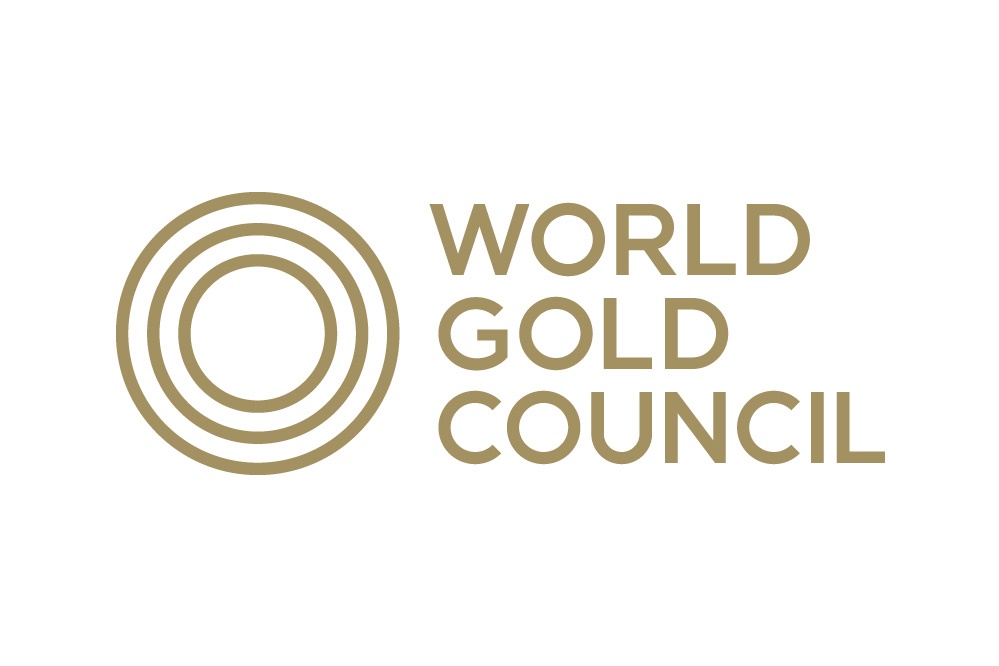Overall demand for the full year fell by 7% to 4,071.7t, compared with 2016.

Gold demand rallied in the closing months of 2017, gaining 6% year-on-year in Q4 to reach 1,095.8 tonnes (t). However, overall demand for the full year fell by 7% to 4,071.7t, compared with 2016, according to the World Gold Council’s latest Gold Demand Trends report.
Inflows into exchange-traded funds (ETFs) continued steadily throughout the year, totalling 202.8t, but lagged behind the exceptional levels seen in 2016. Similarly, although central banks continued to add to reserves, purchasing 371t in 2017, buying was down 5% year-on- year. Full-year bar and coin demand fell 2% as US retail investment dropped sharply. However, the year saw a recovery in both jewellery and technology demand, each making modest gains compared with 2016, as improving economic conditions lifted consumer sentiment in India and China, and an increase in gold-containing technology, such as smartphones and tablets, boosted demand. Positive annual ETF inflows add 202.8t to demand in 2017, however this was around one-third of 2016’s inflows.
European-listed gold-backed ETFs accounted for 73% of net inflows, with investors keenly attuned to geopolitics and negative interest rates. Bar investment was broadly stable, while coin investment slid 10%. Weakness in the sector, down 2% to 1,029t compared with 2016, was largely explained by a sharp drop in US demand to a 10-year low of 39t, which exceeded strong gains in both China and Turkey.
2017 saw the first annual increase in jewellery demand since 2013, but the sector remains weak in a historical context. Relatively stable prices and improving economic conditions paved the way for growth, but demand remains soft compared with long-term average levels. India and China eclipsed other markets, together accounting for 75t of the 82t (4%) increase in global full-year demand.
Official gold reserves swelled by 371t in 2017, 5% down on 2016 levels. Turkey joined Russia as the most prominent of the central bank buyers. The technology sector recovered in 2017, up 3% to 333t compared with 2016, ending a 6-year downtrend. The volume of gold used in electronics and other industrial applications grew steadily throughout the year, thanks to the increasing prevalence of new-generation features in smartphones, vehicles and laptops.
Alistair Hewitt, Head of Market Intelligence at the World Gold Council, commented: “It’s not surprising to see overall gold demand down given the backdrop of monetary policy tightening and strong equity markets in 2017, but the market is not in bad shape. The US dollar gold price was up 13% and institutional investors, especially in Europe, continued to add gold to their portfolios as a hedge against frothy asset prices and geopolitical uncertainty. “Jewellery demand picked up as economic conditions improved in China and a policy change in India removed a barrier to demand, while next-generation smartphones boosted gold demand from technology companies.”
Mine production inched to a record high of 3,269t in 2017, while recycling fell 10%, leading to total supply dipping 4% to 4,398t. The introduction of stringent environmental controls in China saw a 10% fall in mine production in the region, whilst the ongoing concentrate exports ban continued to impact output in Tanzania. Total net de-hedging in 2017 reached 30t, bringing to an end three consecutive years of modest net hedging.
The key findings included in the Gold Demand Trends Full Year 2017 report are as follows: Full Year 2017 figures:
Be the first to comment